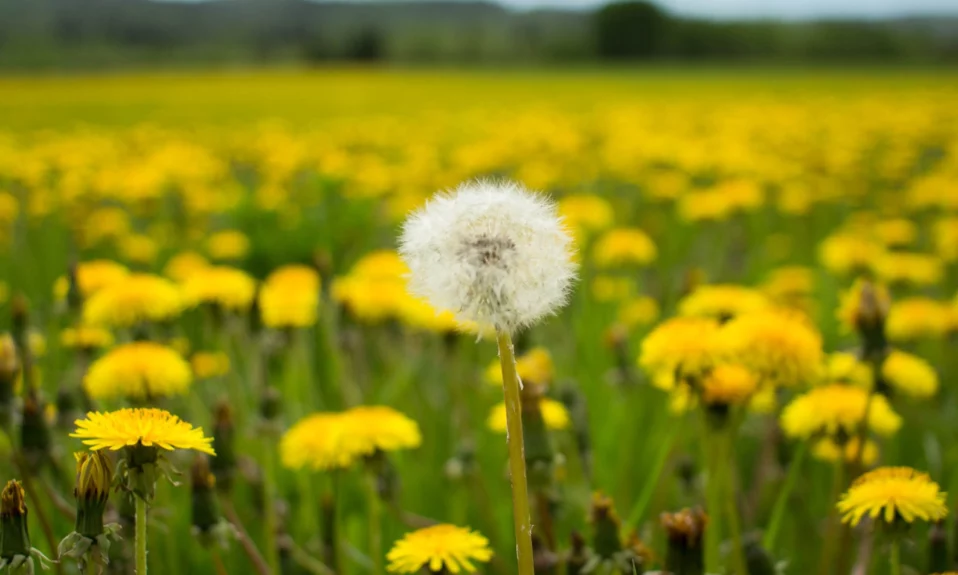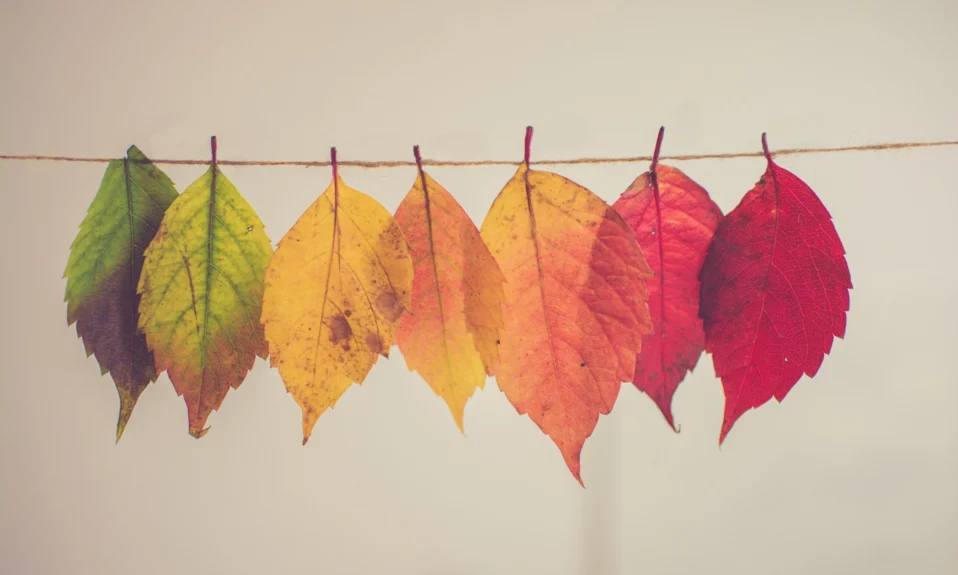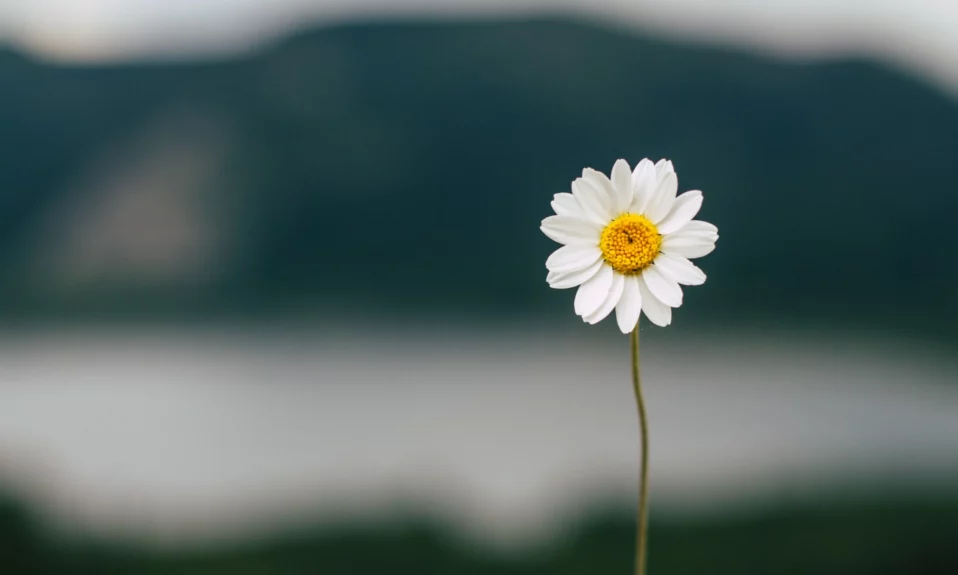
- Why Blue Is Actually Rare Among Animals
- The Reason of Blue Color of Blue Animals
- Blue Animals
- Blue jay
- Blue morpho butterfly
- Tanzania electric blue gecko
- Blue iguana
- Blue coral snake
- Blue dragon
- Greater blue ringed octopus
- Little blue heron
- Peacock
- Blue poison dart frog
- Blue surgeonfish
- Spix’s Macaw
- Blue crayfish
- Moor frog
- Betta fish
- Blue whale
- Blue dacnis
- Final Thoughts about Blue Animals
Why Blue Is Actually Rare Among Animals
How many blue animals can you think of? Perhaps the blue jay or the blue whale (which isn’t really all that blue anyway). Then there are the less common, but far more striking blue-colored creatures such as butterflies, frogs, and parrots.
What makes blue so uncommon among animals? People believe that animals’ pigmentation is influenced by what they eat. Salmon is pink because it eats pink shellfish. A goldfinch’s yellow color comes from eating yellow flowers. Unlike pigments like red, brown, orange, and yellow, blues don’t come from food. In fact, that blue color you see isn’t really a pigment at all.
The Reason of Blue Color of Blue Animals
In nature, blue occurs for other reasons than pigment. Many animals have that blue color due to the structure of their molecules and how they reflect light. As an example, the blue morpho butterfly (which you probably recognize as the butterfly emoji), gets its color from its wing scales that are ridged, allowing sunlight to bend in the right way to make it easily visible to our eyes. Changing the shape of the scales or filling the gaps with something other than air would cause the blue to disappear.
A blue bird, like a blue jay, gets its color via a similar, but slightly different process: its feathers contain light-scattering, microscopic beads placed in an arrangement that cancels out everything except blue light. Blue on any animal (including blue eyes in humans) results from light reflections of this type. There is one exception to this: the obrina olivewing butterfly, only creature on Earth capable of producing blue pigment.
Blue Animals
Now let’s take a look at some of the beautiful animals in nature that we see them in blue.
Blue jay
The blue jay (Cyanocitta cristata) is a native North American bird. Typically, it lives in forests, but it lives also in certain parks and cities. The bird’s plumage is light blue with black details on the upper body and white on the abdomen. Also, their prominent crest of feathers on the top of the head facilitates easy identification among other species.
There are many things blue jays eat, starting with branches, plants and leaves. They’ll also eat worms, chicks of other birds, insects or even human refuse. Almost any tree species is suitable for building their nests. When built, a blue jay can lay up to five eggs that incubate within 15 days.

Blue morpho butterfly
Blue morpho butterflies (Morpho menelaus) are one of the most beautiful blue animals in the world. Forests of Central and South America are home to these creatures. Their blue wings and their size, which can reach up to 20 cm, make them stand out. As one of the largest butterfly species in the world, they are well known in arts and media. Even though they can fly, they usually spend their lives on the forest floor or among bushes. They feed primarily on caterpillars, plants, and nectar there.
Tanzania electric blue gecko
The Williams’ dwarf gecko (Lygodactylus williamsi) originates from Tanzania. Located in the Kimboza forest, it is found in one type of tree, Pandanus rabaiensis. The gecko is a very small animal, measuring only 10 cm in length. They move fast across land thanks to their long tails relative to their bodies and their legs. When mating, they tend to be aggressive animals, especially males.
The males are bright blue, while the females are green or brown in tone. On the lower part of their bodies, both are orange. Due to their color, they have become very desirable in the pet trade, which is why they are in danger. Known as electric blue geckos as a pet, these geckos are heavily regulated in many places to help conserve them.

Blue iguana
Originally from Grand Cayman Island, the blue iguana (Cyclura lewisi) lives in a variety of habitats, including forests, gardens, roads, and towns. They hide in tree cavities, rock cavities, and soil cavities. It is one of the blue herbivorous animals that feeds on fruit, seeds, flowers and plants.
In addition, they are one of the largest iguana types, measuring 1.5 m long. The adult iguana has the longest tail of all iguanas, measuring 60 cm in length. The blue hue of this species is most prominent during mating season when colors vary from gray to dark blue. Climbing is easy for them, and they move with great ease and agility.

Blue coral snake
Blue coral snakes (Calliophis bivirgata) are among the most beautiful and dangerous snake species on Earth. Their deadliness is due to their potentially lethal poison. The scales of this coral snake varies in color from dark blue to black, measuring more than a meter long. Their head and tail, however, are deep red. It lives in the forests of countries such as Indonesia, Malaysia, Singapore, and Thailand where it feeds on other snakes.

Blue dragon
You may be surprised to learn that the blue dragon (Glaucus atlanticus) is not a dragon. It is actually a blue sea slug with blue and silver hues. Around the world, they measure about 4 cm long and live in temperate waters. Although it exists most commonly on the coasts of Europe, Africa, and Australia.
Glaucus is a genus of sea slug and there are a few blue glaucus animals. The species has a small bladder that inflates and deflates in its stomach. In this way, they can float in water without touching the surface. Like many other sea slugs, they can absorb venom from other animals and adapt it for themselves, often in a more lethal manner.

Greater blue ringed octopus
The greater blue-ringed octopus (Hapalochlaena lunulata) measures 10 cm long and weighs 80 g. There are a variety of blue rings on this animal’s skin, and its body is mostly yellowish or reddish.
In nature, animals live in a variety of habitats. Among the blue animals of the ocean, this octopus stands out for its speed and flexibility. Additionally, they are able to move easily through their environment. Unlike other octopus species, they are also very territorial. Due to their powerful tentacles and poisonous poison, they catch a wide variety of shrimp, fish, and crustaceans in their diet.

Little blue heron
The little blue heron (Egretta caerulea) has a long neck, long legs, and a sharp beak. Beautiful blue coloration distinguishes this beak. These creatures are carnivorous and eat fish, frogs, lizards and turtles. It lays two to four eggs between the months of June and September. Its blue color is not the only characteristic of this animal; it is also 60 cm long and weighs approximately 300 grams.

Peacock
One of the most beautiful animals in the world, both for its elegant appearance and its colorful plumage, is the peacock (Pavo cristatus). It is a species that displays sexual dimorphism, a trait which shows differences in appearance between males and females. Compared to their male counterparts, females are smaller and lack the striking feathers for which they are known. Because of this, only males are characterized as blue animals.
There are a variety of beautiful feathers on the tail of the male, including blue, but the male’s body is almost entirely blue. Their mating ritual involves an incredible series of dances and movements involving their tails. Although they originated on the Asian continent, they now can be found almost anywhere.

Blue poison dart frog
Blue poison dart frogs (Dendrobates azureus) are characterized by their metallic blue color. The color is used in nature to warn predators of the danger they would be in if they tried to eat it. A touch to deadly frogs is enough to release the poison. In Suriname, they live in forested and humid environments near water. They can often be seen on the ground or climbing trees. Like most frog species, they lay their eggs near water sources. On average, they live for 8 years in the wild.

Blue surgeonfish
Blue surgeonfish (paracanthurus) are saltwater fish that are prized for their vibrant blue color, which contrasts with the yellow color of their tails. Their length is around 40 cm and they live on Pacific reefs in a solitary lifestyle. Despite not showing obvious sexual dimorphism, it is the males who carry out all the courtship rituals. Also known as the blue tang, you may recognize the character Dory from Finding Nemo.

Spix’s Macaw
Spix’s macaw (Cyanopsitta spixii) is another blue animal that became popular because of a movie. It’s the animated film Rio. The species, known as anara in their home country, is critically endangered due to the fact that there are few specimens left. Some causes of this problem include deforestation, pollution, climate change, and the illegal trade of animals.

Blue crayfish
A blue crayfish (Procambarus alleni) is native to Florida in the United States. In their country of origin, it is very common as an aquarium animal. Selective breeding has resulted in the bright cobalt blue color even though the species is brown in the wild.

Moor frog
The moor frog (Rana arvalis) is a species of amphibian native to Europe and Asia. It measures between 5.5 and 6 cm in length. Their brown and reddish bodies are smooth. During reproduction, the male gets a bright blue hue for a short period of time, but it returns to its usual colors afterward. Thus, it’s a temporary blue animal that’s on our list.

Betta fish
The color of not every betta fish is blue, but some have an incredible blue color. The colors vary from species to species and even between the same species.

Blue whale
The blue whale is a large marine mammal that can grow to 98 feet long and weigh approximately 175 tons. This species is found in almost every ocean on the planet. Due to extensive whaling in the 20th century, there are only about 5,000-12,000 remaining blue whales. The species has a long, slender body covered in skin of varying shades of blue-gray. Underneath is white, while the head and tail are generally gray. Usually, the upper part of the blue whale molts.

Blue dacnis
South America is home to the blue dacnis (Turquoise honeycreeper). It lives in woodlands, forests, parks, and gardens. The adult male bird is blue with back on the throat, back, and round the eyes. Additionally, some parts of the wings and tail are black, with a turquoise edge. Females and immatures are generally green with blue heads.

Final Thoughts about Blue Animals
There are only a few blue animals on earth. However, plants can produce blue pigments thanks to anthocyanin, which produces blue pigment. Animals have a pure blue color because of their body structure. Consequently, most blue-coloured animals are actually not blue at all. The structure of their bodies enables them to bend light through their bodies, giving them a blue appearance.
Don’t forget to love animals with any colors!









Howdy just wanted to give you a quick heads up and let you know a few of the pictures aren’t loading properly. I’m not sure why but I think its a linking issue. I’ve tried it in two different browsers and both show the same outcome.
I like this blog its a master peace ! Glad I detected this on google .
Dead pent subject matter, Really enjoyed reading through.